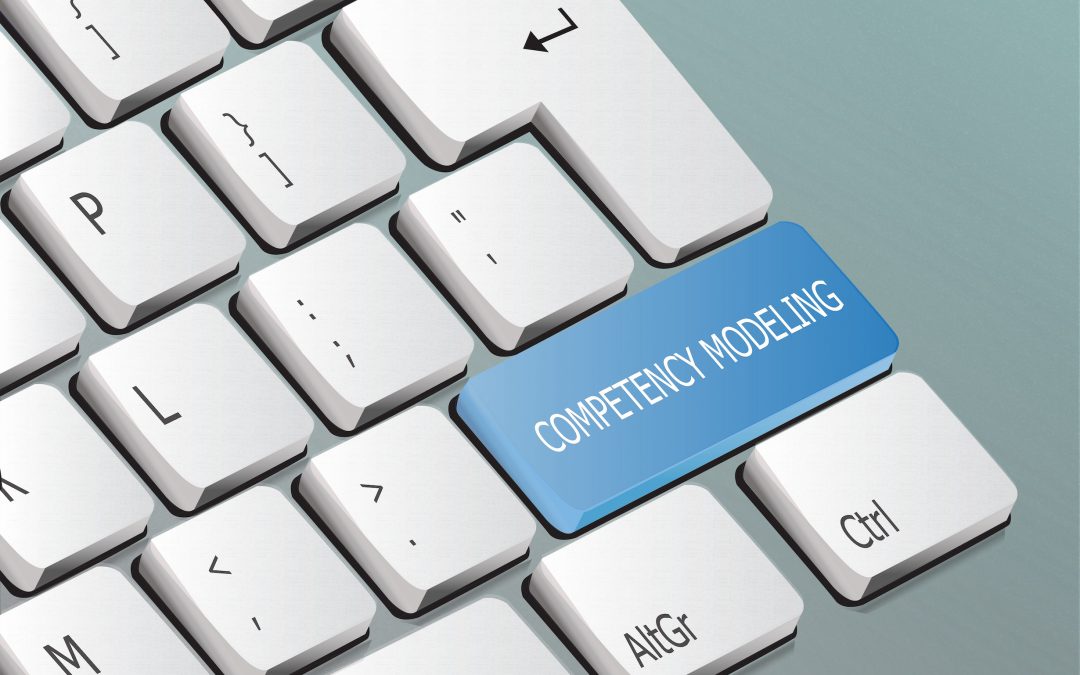Use a Competency Model to Hire and Train
A competency model is an essential toolkit for any Human Resource (HR) professional to better hire and train employees. If you work in the HR department and don’t know the competency model, then you are missing out on its crucial benefits for the firm.
You might be wondering what Core competency is, how you can use the competency model for hiring and training employees, and how to get started. A competency model is a framework which HR professionals use to list and plan the much-needed skills and characteristics of the employees to perform a specific role successfully.
The HR department uses this tool for hiring, training, and developing employees‘ skills in the firm. The toolset also empowers a Learning & Development (L&D) Manager, who creates roadmaps for employees looking to build their skill set.
What is the Difference between Job Description and Competency?
Despite both being different in nature and practice, some people fail to differentiate between a competency model and a job description. A key difference is that a job description is a general summary that lists all the skills required for the job. On the other hand, competency provides in-depth details of expected behavior and guidelines of what an employee should do.
The Importance of the Competency Model in Hiring

Simply noting down all the job descriptions and skill requirements may not be sufficient for effective hiring. It is essential to crafting job details according to the competency model, but it is also advisable to incorporate them into different hiring stages. For example, screening, interviewing, and preparing assessments.
The interview stage is one of the most crucial parts of the hiring process. Adopting a competency model will allow you to overcome cliché questions that reveal very little about the company and its role. Then, of course, you can throw in a few questions as a formality and make the candidate feel comfortable.
A competency model emphasizes that the interviewer should not ask too many generic questions. These might be necessary to ask, but they shouldn’t be the core element of the interview. After the interview stage, another critical determiner is the assessment stage.
At this stage, the HR team has to use the competency model to judge candidates through the skills that matter in your organization. Assessing them simply by their skill set will help make better hires and improve the overall quality of the employees in the business. The final result is objective, unbiased and purely based on merits.
Competency Model in Talent Trading and Performance Appraisals
It is of utmost importance for the business to determine and show what success should look like to the employees within the organization. Defining what success looks like for each role in each department cans significantly boost the employee motivation and zeal to work and improve. In addition, the definition of success will act as a benchmark that will assist HR in reaching organizational goals and also ensuring the development of employees.
Performance appraisals are necessary to keep an employee motivated and excited. Competency models allow proper monitoring and evaluation of the performance of employees. Since they mention a list of expected behavior and goals, it becomes easier for HR to deduce their performance.
Practical Steps to Adopt Core Competencies
Any business of every size can start to incorporate core competencies into their business. Below are a few practical steps that will help you begin:
1. Determine Flexible Competencies
Keep in mind that it takes time to figure out the detailed expectations for each role in the organization. Since job roles are evolving rapidly, the HR department should ensure that core competencies should be as flexible as ever to complement future changes.
2. Research Information
The chances are that there might be information available related to previously crafted competencies. HR can use that information as a guideline to craft new competencies. They need to be precise, accurate, and in-depth for clarity and adoption.
3. Meet Relevant Business Employees
Make sure to consult with the related stakeholders of the business who possess in-depth knowledge of the company. Consulting and meeting with them will help HR identify which skills are necessary for which role and identify the required behavior.
4. Establish Core and Leadership Competencies
When crafting job-specific guidelines, HR needs to ensure they outline the requirements and expectations in detail. Moreover, they should also identify the success metrics for employees and how they can perform their roles better.
Management-related competencies are also vital for businesses. But before setting these competencies, the business should ensure that every employee knows the organizational competency model. Leadership competencies should mainly focus on providing unique leadership and management skills.
5. Finalize Competencies
After you have identified them, make sure they are perfectly balanced. The HR will have to take away anything unrealistic while going into more detail for concepts that need more explaining.
Final Thoughts
Using the core competency model, hiring and training employees prevent bad turnovers and improve the end product. Therefore, competency-based selection is necessary for an effective organization.
Related Resource: Best Hiring Practices – Top Questions Answered
Related Blog Post: Top 10 Effective Hiring Strategies


 Dr. Jaffee (M.A., Ph.D.) is a recognized expert in the field of assessments, and has created effective HR Solutions used by millions of people.
Dr. Jaffee (M.A., Ph.D.) is a recognized expert in the field of assessments, and has created effective HR Solutions used by millions of people.